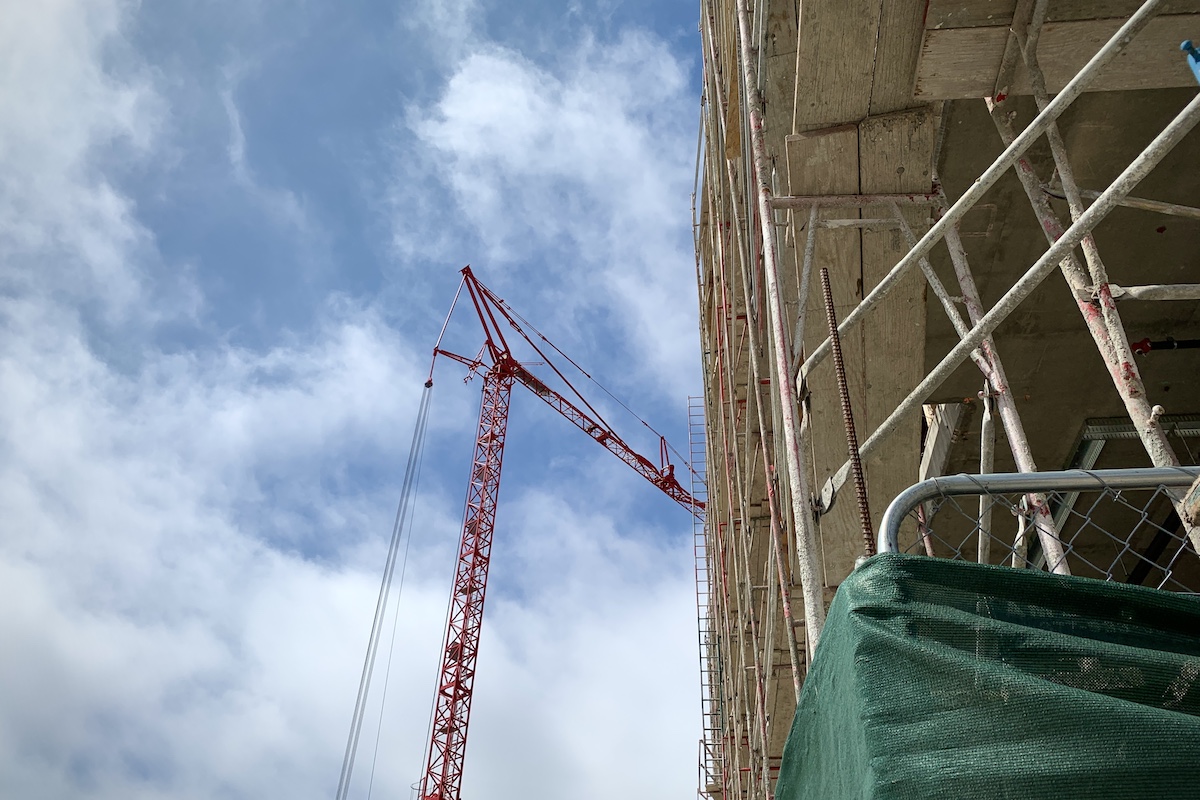
The ultimate goal of city and county agencies trying to solve California’s homeless problem is to get this transient populace into permanent housing.
But it turns out many of the homeless don’t want the kind of permanent units that are becoming more available as local, state and federal governments devote ever more money to getting them off the streets.
No one knows precisely how many of the state’s approximately 161,000 homeless prefer to keep sleeping in tents and under tarps, as about two-thirds of the California homeless do each night. But dealing with the encampments so common along sidewalks and beneath freeway bridges can often seem like playing with silly putty: When authorities squeeze encampments by shooing occupants away and cleaning up messes they leave, the camps often reappear somewhere else within days, like silly putty oozing through the gaps between a child’s fingers.
Meanwhile, homeless-aid agencies keep building, buying and renting more housing aimed for the homeless. Short-term housing has arisen in several parts of Los Angeles, San Francisco, Sacramento and other cities. Permanent housing is becoming more available.
The mayors of California’s 13 largest cities demanded $20 billion the other day to create more of each.
But much of the permanent housing – some in older buildings and hotels bought up by governments – can go begging. In San Francisco, for one prominent example, 70 percent of homeless persons offered permanent spots in refurbished quarters were reportedly turning them down, as of mid-April.
As a local newspaper reported, that was also the rate of declines at a former hotel purchased by a San Francisco city agency for $45 million and converted into 232 units. This building features communal bathrooms. Homeless individuals pay 30 percent of their income as rent.
The cause may be the shared facilities or the rent, but most of those offered these quarters chose instead to stay in shelter-in-place hotels open for the duration of the COVID-19 pandemic. Rooms there often have private baths and provide meals, but it’s temporary.
Meanwhile, some other programs are free only for those over 65 and Covid-negative.
Some homeless advocates lament the alleged poor quality of permanent housing offered, saying bad ventilation plus lack of Wi-Fi and other amenities explain many move-in refusals.
Still, homeless agencies appear flummoxed by the rejection rate for permanent housing they’re now able to offer, something only recently available. Did they expect a population plagued by instability and a high component (about 20 percent) of serious mental illness to turn overnight into planners interested in delayed gratification?
Said Abigail Stewart-Kahn, the interim director of San Francisco’s anti-homelessness agency, when reporting to the city’s board of supervisors, “We have never had shelter in many ways that’s nicer” than the available permanent housing.
In some places, homeless persons moving into new interim or permanent housing must undergo psychological counseling and adhere to drug-free lifestyles, rather than the free-wheeling, sometimes criminal life of the streets, where stolen goods are often fenced in homeless encampments and 16 percent of the homeless suffer from substance abuse.
Meanwhile, thousands of brand-new permanent units with many amenities are in the pipeline.
These cost an average of more than $400,000 per unit, paid for mostly with local bond money. But when money from one of those bonds, a $1.2 billion local Los Angeles measure passed in 2016, is gone, odds are it will be difficult to pass new bonds.
For authorities have alienated many thousands of local voters who never expected housing for the homeless to appear near them. Plus, this problem seems never to shrink, no matter how much new housing is built, with arrivals from other states joining families newly afflicted by financial woes to replenish the homeless population.
If there’s a solution, it may be to deal with underlying psychological and economic factors leading to homelessness, rather than putting more and more money into housing development.
Is the answer to reopen or rebuild mental health facilities shut down by then-Gov. Ronald Reagan in the 1970s? Is it to erect new towns in presently vacant desert parts of the state? Maybe both? So far, no one has a solution that pleases everyone.
Email Thomas Elias at tdelias@aol.com. His book, “The Burzynski Breakthrough, The Most Promising Cancer Treatment and the Government’s Campaign to Squelch It” is now available in a soft cover fourth edition. For more Elias columns, visit www.californiafocus.net













